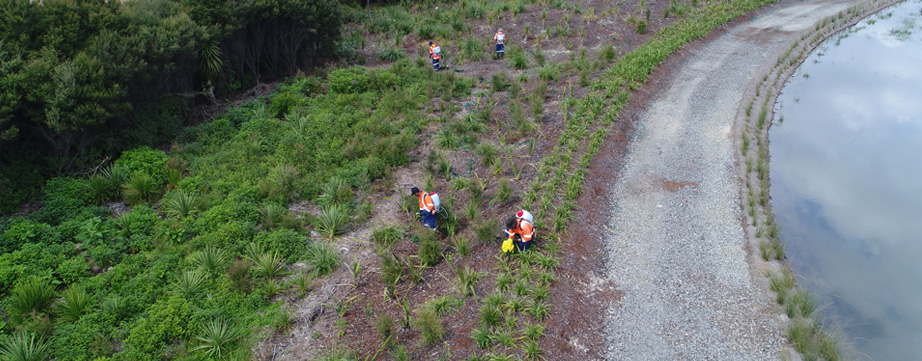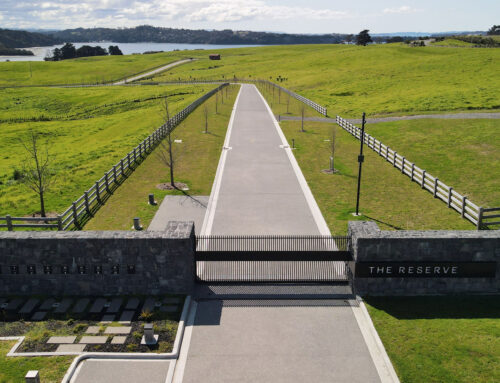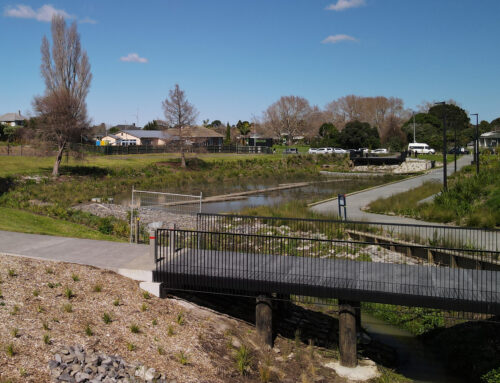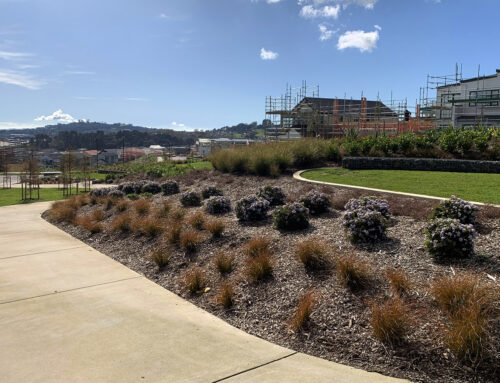
New research by scientists from NIWA (National Institute of Water and Atmosphere), indicates that New Zealand’s forests absorb much more CO2 then previously thought. Models show that much of the CO2 uptake is associated with forest in the southwest of the South Island.
CO2 is one of the major greenhouse gases and contributor to human induced climate change. The oceans and forests act as a carbon sink and have helped to level out the CO2exchange between the earth and the atmosphere.
An inverse model was used where they measured the amount of CO2 in the atmosphere applying complex models to determine the movement of the air masses and which parts of New Zealand they traveled over. From this data they are able to determine the sources and sinks of the CO2.
NIWA scientists have indicated a large carbon sink somewhere in the South Island which is largely dominated by indigenous forests. They do however mention that pasture and hill country play an important role in carbon uptake as NZ indigenous forest cover is currently only 6.2 million hectares. Saving remnant forest stands has also proven important not only for biodiversity reasons but carbon sequestration as well. NIWA was surprised by their results as high levels of carbon uptake (could be up to 60%) is usually only associated with recently planted forests and tends to slow as these forests mature.
Research such as this undertaken by NIWA scientists Dr Sara Mikaloff-Fletcher and Dr Kay Steinkamp is important for the future of our environment. This research is directly applicable to our line of work, we are constantly striving to not only have successful projects but to be exposed to current knowledge and apply this to as many sites as possible. Addressing these larger world issues with clients and the public to ensure planting assemblages are designed around current and ongoing environmental issues.




